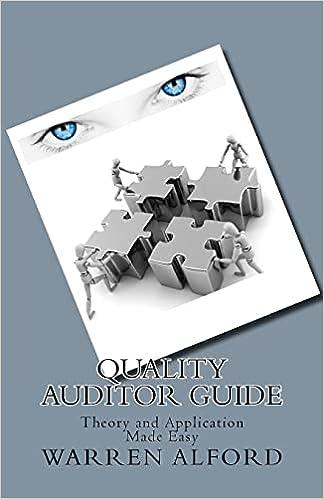Question
Under FIFO the assumption is that the oldest inventory is used first. As a result, the ending inventory is valued on your balance sheet at
Under FIFO the assumption is that the oldest inventory is used first. As a result, the ending inventory is valued on your balance sheet at a cost closest to the current cost since prices tend to increase over time. The cost of goods sold is based on a lower cost since older and therefore cheaper items are assumed to be the items sold.
Under LIFO the assumption is that the last items purchased are the items sold, meaning the more expensive items were used. The cost of goods sold is therefore relatively higher and the value of goods remaining on the balance sheet is lower since those are older items purchased at a lower price. (Again, assuming that prices have increased over time.) Under LIFO your profits are lower compared to FIFO accounting.
Most companies do use FIFO because it follows the natural flow of the purchases and provides a more accurate inventory valuation. So where does business strategy come into play? Discuss why some companies do use LIFO and the advantages it gives them.
Step by Step Solution
There are 3 Steps involved in it
Step: 1

Get Instant Access to Expert-Tailored Solutions
See step-by-step solutions with expert insights and AI powered tools for academic success
Step: 2

Step: 3

Ace Your Homework with AI
Get the answers you need in no time with our AI-driven, step-by-step assistance
Get Started


